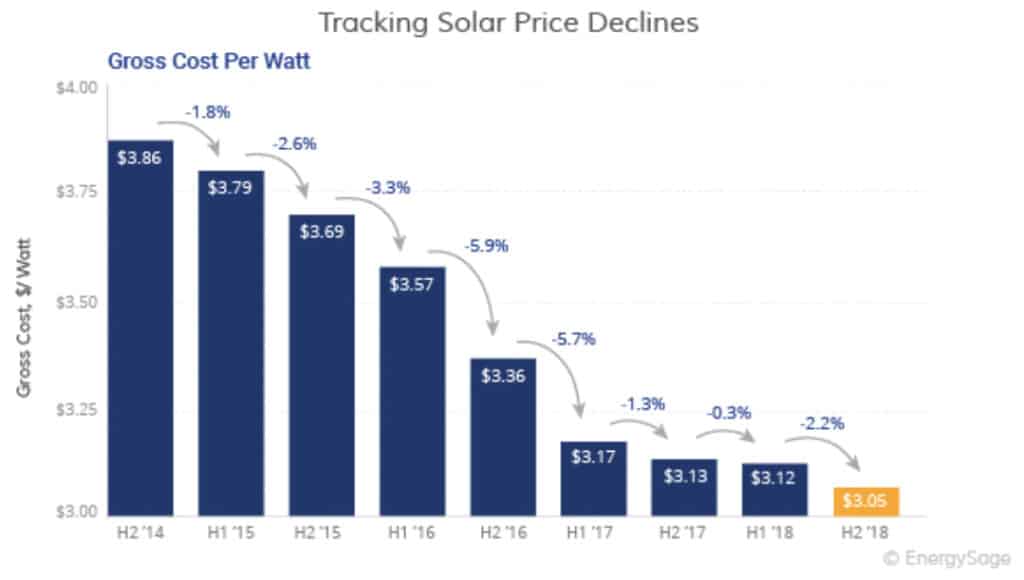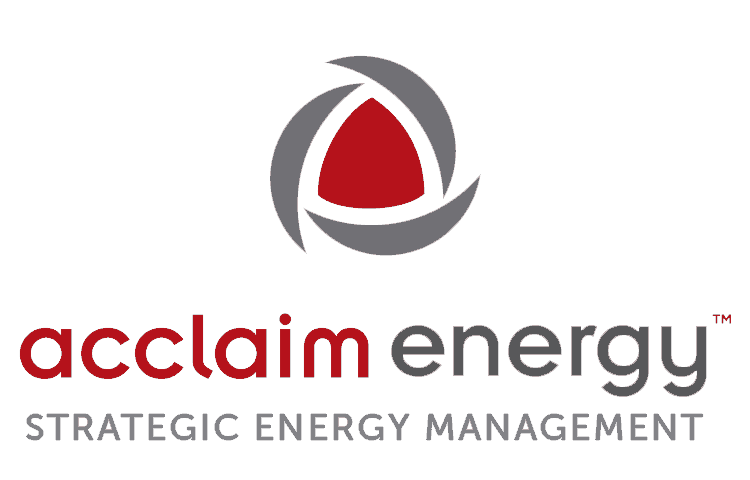Solutions for Mexico’s Electricity Supply Problems

Mexico is an electricity thirsty country with demand expected to increase by 3.1% annually on average from 2018-2032 based on the latest PRODESEN study, see graph below. To this, we add the increased desire of alternative supply options by moving towards more cost effective generation.
Currently, there are numerous generation projects under construction in Mexico, mostly renewables and combined-cycle, in order to meet the anticipated increase in demand. However, there are some who believe the new generating additions may not be sufficient to improve the reserve margin of the system, which fell to over 2% during some critical days in 2018. Another concern being voiced is that the current grid system will not be able to handle the increase in demand and the intermittence nature of renewable generation. These concerns are being exacerbated by the cancellation of key transmission projects, such as the interconnection between Baja California, the Sistema Integrado Nacional (“SIN”) and the Ixtepec – Yautepec transmission line that would have brought additional generation into electricity supply starving areas.
What should businesses do to deal with potential electricity supply problems?
Acclaim Energy believes companies should take a proactive approach to tackle this potential problem by being proactive, which means returning to more competitive supply options as well as implementing currently available solutions, such as distributed generation, self-generation and energy efficiency programs. The implementation of these solutions will:
- Reduce the dependency on CFE’s generation and transmission and distribution grid,
- Help lower energy costs; and
- Lead to potential energy optimization opportunities

Self- and distributed generation are ideal solutions for medium-to-high consumers particularly located in industrial parks or for a complex of large industrial companies with multiple facilities since these two solutions, working in tandem will allow them to satisfy their electricity needs. For example, self-generation through solar panels would provide electricity for the administrative and other secondary functions of your business, as the office hours are closely linked to optimal solar generation hours, whereas distributed generation can power the main industrial functions of the plant to fill the gap created by the intermittence of renewable generation. All these options must be vetted in sync with energy consumption and risk profiles to make sure they make economic sense for your company.
Rapid developments in solar generation technology have managed to increase the reliability and efficiency of solar panels as well as their costs. Similarly, improvements in mini gas turbine technology is making power generation through this method more reliable, efficient and agile to better respond to a business’ needs and the intermittence of the renewable generation.
There are two important questions with regards to distributed generation:
Q 1) What happens if the distributed generation goes offline or the facility/industrial park requires additional electricity?
This problem is resolved by maintaining a connection to the grid in order to maintain the electricity supply in times when distributed generation goes offline or to meet peaks in demand. Backup generators or batteries are also interesting short-term alternatives to this problem, which need to be considered to have a complete vision of the solutions available.
Q 2) How can I access gas supply for my distributed generation?
The liberalization of the gas market in Mexico is allowing for the expansion of a private gas pipeline network with the owners of these pipes, who are willing to build lateral branches from the main pipe provided demand is available. Another consideration is that industry concentration in Mexico tends to be in areas with relatively easy access to current gas transportation infrastructure, which makes the supply of natural gas for distributed generation straightforward.
The third solution is to implement energy efficiency programs. These energy efficiency programs would help reduce electricity consumption, which has positive connotations whether you are in a self-and/or distributed generation structure or being supplied from the grid. Energy efficiency provides a cheap and reliable resource to lower energy bills, is quick to implement and can provide a hedge against market, fuel, and environmental risks.
A study of the Environment Protection Agency (“EPA”) in the US estimates energy efficiency programs can provide potential annual savings of 1% at minimum over the course of 10 to 15 years; and helps alleviate 20 to 50% of the expected energy growth in certain regions without compromising end-user activity and/or economic stability.
The final piece of the puzzle is the possibility of offering the generation capacity made available by shaving peak load consumption through energy efficiency programs back into the market at times where there is more demand of electricity in the system. This possibility will allow owners of self- and distributed generation to profit from higher market prices and having and additional revenue stream to offset energy costs even further.
Mexican companies have a significant motivation to explore self- and distributed generation opportunities due to the current and future constraints in Mexico’s electric infrastructure but, even more importantly, start implementing energy efficiency programs. If you would like additional insights and recommendations, we can help. Over the last 15 years, we have helped numerous businesses use innovative approaches to meet their operational challenges. Energy efficiency can play a vital role in managing your energy profile strategically, and help reach you’re economic and sustainability targets.
| About the author(s) Victor Ureta Director, Risk Management for Acclaim Energy Mexico |
PRODESEN = Programa de Desarrollo Sistema Eléctrico Nacional



